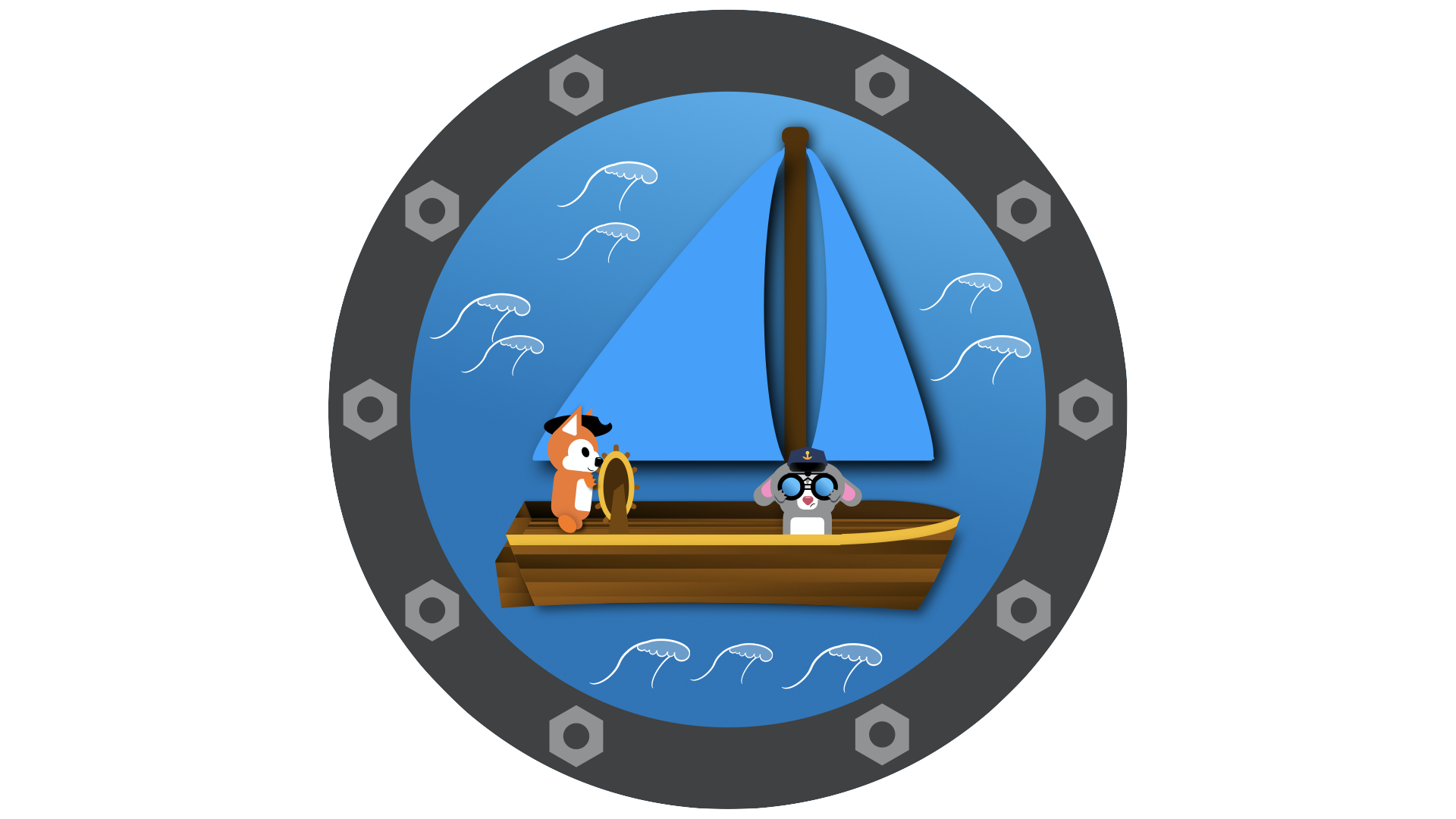EN: Three ways to really connect with your start-up's customers
As a Product Manager figuring out if our product is doing well, our users are the lighthouse beaming through the fog.
They signal to us if we are meeting their needs, and if we are doing it in the best way. Conversely, if we’re directing all our energy to features they’re not even looking at, it makes us wonder if we’re not communicating them well, or if we’re just missing the mark.
When you’re at the helm of a big ship, with thousands of customers, you have the power of numbers on your side: analytics and A/B testing can be a blessing to notice trends in how your users prefer a feature or steer clear from it entirely.
But in my experience, analytics don’t paint a faithful picture when your customer list is still in the dozens and you’re trying to define those core features that will produce the proper product-market fit.
During my days at a start-up, I found myself far away from the well-charted waters of analytics-informed decision-making, but surrounded by few and friendly customers whose opinion was a hidden treasure.
So, when your product is still a tiny yacht with a dream, how can you sanity-check with your users to check if your roadmap is well-charted?
One “Don’t” and three “Do’s”
Don’t: use analytics with a small sample. Statistically, a small sample (under 30 data points for a given variable) is not reliable at all — small quirks in the data can blow up to look like truths set in stone — and the bigger the sample, the more reliable the results. Trust it when it circles the hundreds, not before, but build your product with analytics baked in from the get-go; it’s a lot harder to go back and build that in.
Do: write your own product’s user manuals. This makes you go through the entire flow like a regular user would, and feel their pains as well as their delights. The simplest way to do it is just to write a short script and record your screen while doing a voice-over. Wherever you feel it was complicated to write or explain, you may have found a pain point for your customers. Just to be clear: these don’t need to be published anywhere. But if they’re good enough… ¯\_(ツ)_/¯
Do: pick up a phone, call up your most invested customers and schedule a video call. They’ll likely have the patience to share the moments they appreciated your product the most, and the moments they were most frustrated with it. This would never be scalable for a product with a huge customer base, so let’s make the most of it while you can pull it off!
Do: add a feedback box to your product. Just leave an open-ended prompt: “How has your experience been with us so far? What have you liked the most and the least?”. We’re looking for honest feedback, and this approach will surface mainly the extremes: people who fell in love with your product, and people who got really frustrated really quick. Both are highly valuable inputs of what you should keep doing and what you should change ASAP.
Finally, gather your notes, and pass a summary on to your team in a way they can work with them.
In a nutshell: play to your strengths. The lack of a well-established user base allows you to engage in direct conversation with the customers you have, while you can. Plus, feeling listened to can truly transform your customers into sponsors of your product; not only do they like it, they also like the human beings making it. And that doesn’t come with analytics.
If you’d like to reach out about this post, drop me an email ☺️


